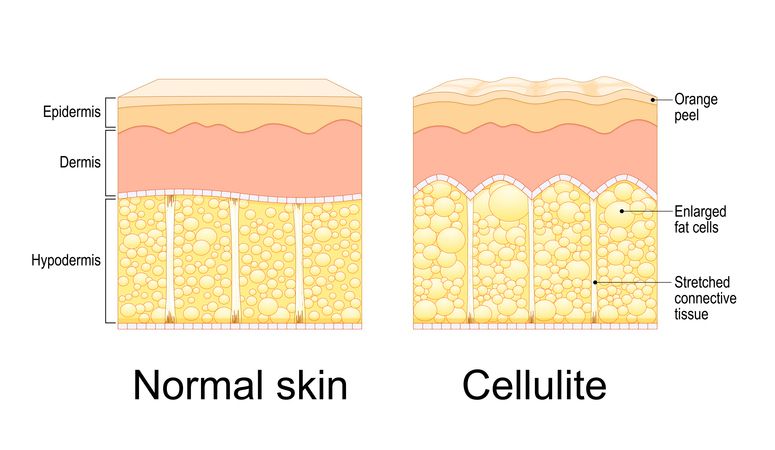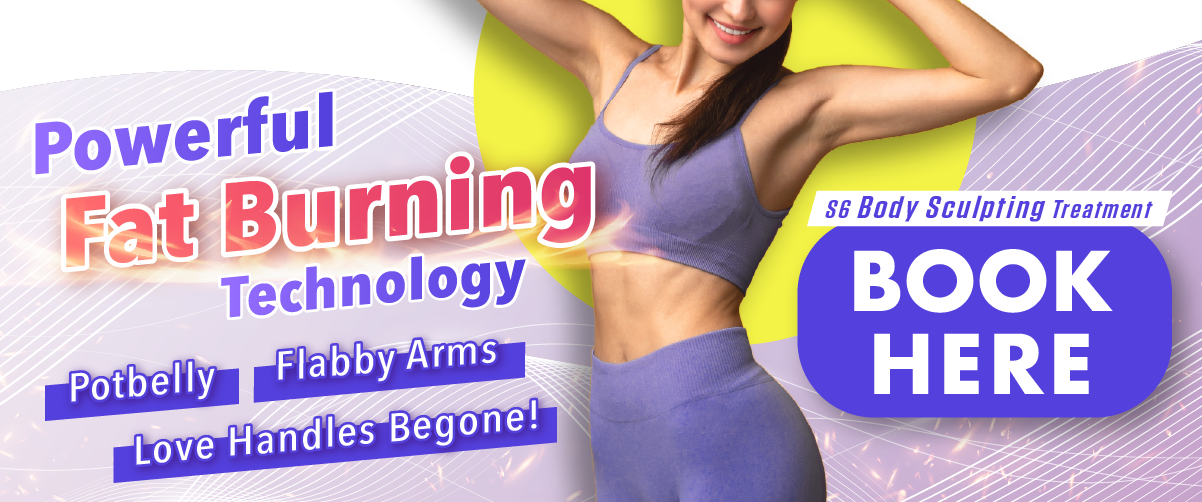
Author: Natalie Ng|Updated: 9 May 2025
You can help your body burn fat more efficiently by following methods that are backed by science. Things like intermittent fasting, weight training, and high-intensity workouts all make a difference. So does getting enough sleep, managing stress, and eating well. These habits support weight loss, improve energy use, and help reduce belly fat over time. Cold exposure, high protein meals, and exercising in the right heart rate zone also play a role. Caffeine from green tea or some fat burner supplements might give an extra push, but only when used the right way. Some methods still need more research, while others already show strong results—especially for those trying to lose body fat or keep weight off long term. If you're aiming to promote fat loss, avoid weight gain, or lose weight without cutting too many calories, there are smart ways to do it. Keep reading to see what really helps your body burn fat.

Intermittent Fasting for Fat Loss
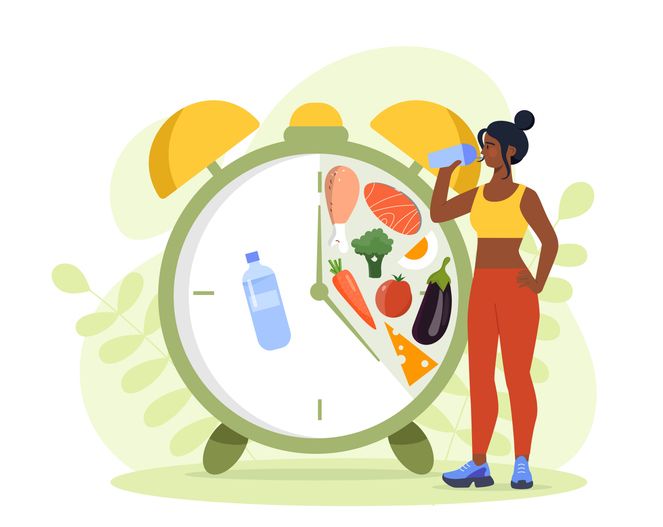
Energy shift during fasting
Intermittent fasting helps your body switch from using carbs to burning fat. After 12 to 14 hours without food, insulin levels drop. This drop unlocks fat stores and allows your body to use fatty acids for fuel instead of sugar from recent meals.
Hormonal support for burning fat
Fasting increases human growth hormone and norepinephrine. These support muscle mass and speed up fat breakdown. This hormonal change activates lipolysis, where fat cells release stored fat for energy.
Fat use becomes more efficient
As fasting continues, your body improves how it uses fat. This process, often called metabolic flexibility, helps reduce body fat and keep energy steady. Over time, it supports fat loss without always needing a strict calorie deficit.
Intermittent fasting may also promote weight loss by reducing food intake and supporting better control over blood sugar and insulin resistance. It’s one of the more natural fat burners that works well for healthy adults trying to lose weight or manage body fat more effectively.

Strength Training Increases Resting Fat Burn
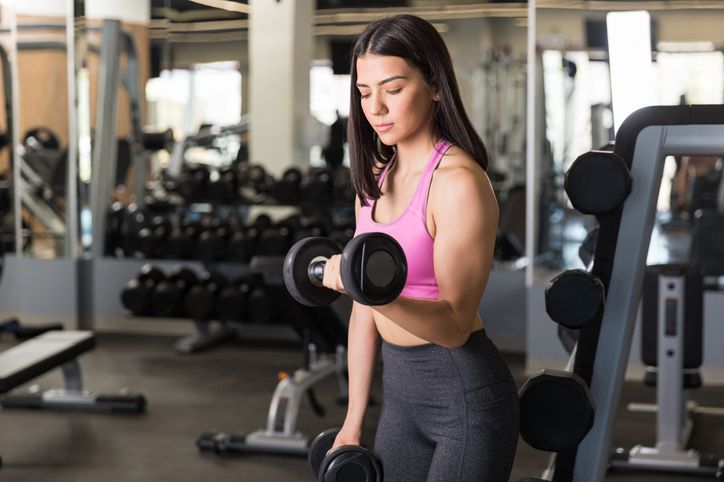
Muscle mass supports long-term fat loss
Strength training helps your body burn more calories around the clock. When you build lean muscle, your resting metabolic rate rises, meaning you burn more energy even when you're not moving. This makes it easier to promote weight loss and manage body weight without always needing to eat far fewer calories.
Compound movements give the best results
Exercises like squats, deadlifts, and bench presses work multiple muscle groups at once. These movements create more demand on the body, which boosts calorie use during and after your workout. As you get stronger, slowly increasing the weight keeps muscle growth going and supports fat-burning progress.
Energy used after training
Lifting weights causes small tears in your muscle fibers. Your body uses extra energy to repair them, which is known as the afterburn effect. This process keeps your metabolism higher for up to 48 hours. During this time, your body continues to burn fat, helping with long-term fat loss and muscle preservation.
Strength training also supports healthy levels of blood pressure, improves body mass index in obese individuals, and helps reduce insulin resistance. If you're trying to lose body fat or avoid weight gain, regular resistance workouts are one of the most effective natural fat burners available.
Read More
Book Now to Experience
S6 Body Sculpting Treatment
1 Minute Self-Registration
Date should not be before minimal date

Meal Timing Supports Fat Use

Shifting fuel use through timing
When you space your meals to allow a 12 to 16-hour break between dinner and breakfast, your body has time to switch from burning glucose to using stored fat. This fasting window encourages fat oxidation, supports energy balance, and helps with weight management by limiting food intake without extreme dieting.
Early eating improves metabolism
Eating your first meal within an hour of waking can help increase metabolism early in the day. A high protein breakfast with complex carbs—like eggs with whole grains or Greek yogurt with berries—can promote satiety, support stable blood sugar, and reduce the urge to snack later. These meals also support fat absorption and balance appetite-regulating hormones.
Refueling after workouts
Eating within 30 to 45 minutes after training supports recovery and keeps fat burning steady. A post-workout meal with 20–30 grams of lean protein, some complex carbs, and healthy fats helps rebuild muscle and maintain metabolic rate. Drinking water after exercise also supports digestion and nutrient delivery.
Meal timing doesn’t just affect energy—it also impacts how your body stores or burns fat. Aligning meals with natural rhythms helps promote fat loss, maintain muscle mass, and support overall weight loss goals.

HIIT Boosts Fat Burning After Exercise

Short bursts create lasting effects
High-Intensity Interval Training (HIIT) pushes your body to work harder in short bursts, followed by brief recovery. This back-and-forth pattern triggers a strong metabolic response that keeps your body burning more calories long after your session ends.
Fat burning stays high post-workout
This extended calorie burn—often called the afterburn effect—can last for hours. During recovery, your body works harder to return to its normal state, using more oxygen and energy. This helps reduce body fat, especially in areas like belly fat, while supporting muscle retention.
Sample moves that work
To boost fat burning, combine strength and cardio in short intervals:
• 30-second sprints followed by 60 seconds of walking
• 45 seconds of mountain climbers with 15 seconds rest
• Jump squats paired with short recovery walks
• Kettlebell swings mixed with jumping jacks
These workouts improve your cardiovascular health and metabolic rate. Over time, your body adapts, becoming more efficient at using fat as fuel while increasing your resting metabolic rate.
HIIT is one of the most effective fat-burning workouts for healthy adults trying to lose weight or manage body fat without spending hours in the gym.
Book Now to Experience
S6 Body Sculpting Treatment
1 Minute Self-Registration
Date should not be before minimal date

Sleep Affects Fat Metabolism

Hormones shift with poor sleep
Lack of sleep affects hormones that control appetite. Leptin, which helps you feel full, drops. Ghrelin, which makes you feel hungry, rises. This change can lead to increased food intake and weight gain, especially from extra body fat stored around the belly.
Less sleep slows fat burning
Poor sleep reduces how well your body uses insulin and slows fat oxidation. It also lowers your resting metabolic rate, which means you burn fewer calories throughout the day—even at rest. Over time, this can impact your ability to lose weight or reduce your body mass index.
Sleep habits that help
To support fat loss while sleeping, focus on a few basics:
• Keep your room dark and free from screens
• Set the room temperature between 15–19°C
• Stick to a sleep routine—same bedtime and wake time
• Avoid caffeine consumption late in the day
Quality sleep supports better weight management by improving hormonal balance, helping you burn fat more efficiently, and reducing the chance of overeating due to cravings.

Nutrients That Support Fat Burning
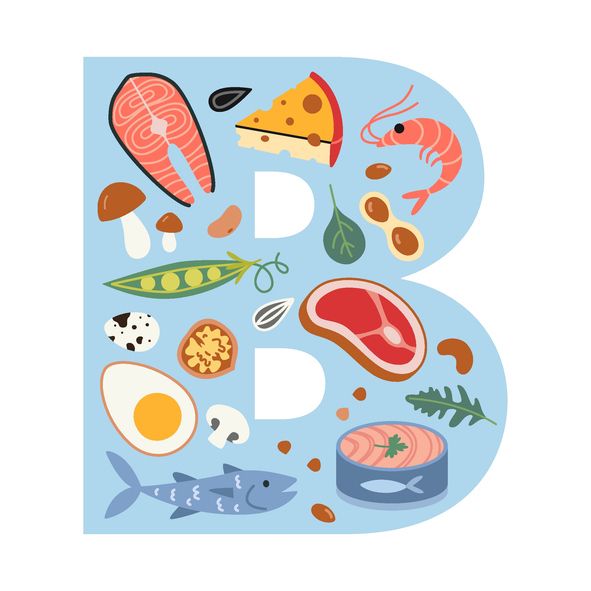
Key nutrients fuel metabolism
Some nutrients help your body burn fat more effectively. They support fat transport, energy use, and hormone function—making them essential if you're trying to lose body fat or promote weight loss.
Roles of important nutrients
Your body needs certain vitamins and compounds in the right amounts:
• B vitamins support energy metabolism by helping convert food into usable fuel
• Calcium plays a role in fat cell activity and may reduce fat accumulation
• L-carnitine moves fatty acids into cells where they’re burned for energy
These are found in foods like lean meats, dairy, leafy greens, and whole grains. You can also find them in some fat burner supplements, though not all products are backed by strong evidence from randomized controlled trials.
Support through food and supplements
Eating a high protein diet that includes green tea, Greek yogurt, fatty fish, and other nutrient-rich options can improve lipid metabolism and fat oxidation. Some people also use dietary supplements like green tea extract or conjugated linoleic acid, but results vary.
Getting enough of these nutrients helps maintain muscle mass, boost resting metabolic rate, and promote fat loss in a safe, steady way.
Book Now to Experience
S6 Body Sculpting Treatment
1 Minute Self-Registration
Date should not be before minimal date

Chronic Stress Slows Fat Loss

Hormones shift under stress
Ongoing stress raises cortisol, a hormone linked to fat storage—especially around the belly. High cortisol can make your body hold on to fat and increase food intake, especially cravings for sugary or high-calorie foods.
Fat burning slows down
When stress levels stay high, your metabolism slows, and your body becomes less efficient at using fat for fuel. This shift can reduce the effects of exercise and make it harder to lose body fat, even with a calorie deficit or high protein diet.
Simple habits that help
Lowering stress helps bring hormones back into balance and supports natural fat burning. Try these daily habits:
• Get 7–9 hours of sleep
• Take short walks outdoors
• Keep screen time low before bed
• Create quiet breaks in your day for rest
Managing stress can support satiety hormones, reduce weight gain linked to emotional eating, and make your weight loss goals easier to reach.

Cold Exposure Activates Fat Burning

Brown fat burns energy
Your body has a type of fat called brown adipose tissue. Unlike white fat, which stores energy, brown fat burns calories to create heat. When you're exposed to cold, brown fat becomes active, helping increase energy use and promote fat loss.
Cold triggers thermogenesis
Cold exposure—through ice baths or cold showers—causes your body to work harder to stay warm. This process, known as thermogenesis, boosts your metabolic rate. Over time, repeated cold exposure may improve insulin resistance, increase mitochondrial activity, and support better weight management.
What research shows
While cold exposure can increase calorie burn slightly, short periods like quick cold showers don’t lead to major changes in body weight or fat loss. Ice baths may reduce inflammation and help recovery, but they’re not a replacement for regular training or a balanced diet.
If you're already following a high protein diet, using natural fat burners, and staying active, cold exposure may offer a small boost. But it works best when paired with other habits that promote long-term fat burning.
Book Now to Experience
S6 Body Sculpting Treatment
1 Minute Self-Registration
Date should not be before minimal date

Protein Reduces Body Fat
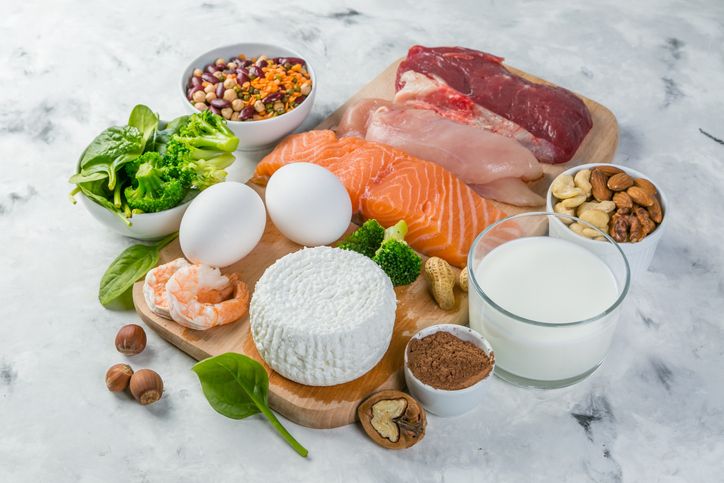
Higher protein increases fat use
Eating more protein supports fat loss by increasing the energy your body uses to digest food. This is called the thermic effect of food. Protein also helps keep you full longer, which may lead to lower food intake and fewer calories overall.
Muscle maintenance during weight loss
Protein helps protect muscle mass during fat loss. This is important because losing muscle slows your metabolic rate. By eating enough protein across the day, your body can burn fat while keeping muscle strong. Aim for 20–30 grams of protein per meal to support satiety and muscle repair.
Simple sources that work
Choose lean protein like chicken, eggs, Greek yogurt, tofu, or fatty fish like salmon. These support appetite control, improve body composition, and help regulate satiety hormones.
A high protein diet makes it easier to lose body fat, especially when combined with weight training and other fat-burning strategies. It also helps avoid weight gain by keeping your resting metabolic rate steady.

Right Exercise Intensity Burns More Fat

Moderate intensity helps the body use fat
The way your body burns fat during exercise depends on how hard you’re working. At a moderate pace, your body uses more fat instead of carbs for energy. This makes it easier to promote fat loss without tiring out quickly.
Best heart rate zones for fat burning
Training in the right range helps your body tap into stored fat:
• Zone 2 (65–75% of max heart rate): brisk walking, light jogging, steady cycling
• Zone 3 (75–85% of max heart rate): moderate running, spin class, or circuit training
These zones allow your body to burn fat steadily while getting enough oxygen. That balance supports longer workouts and better endurance.
Better results with less strain
Exercising in these zones improves fat oxidation and helps lower body fat over time. It also reduces stress on your joints and muscles, making it easier to recover between sessions. Training this way supports long-term weight loss and helps maintain a healthy metabolic rate.
Book Now to Experience
S6 Body Sculpting Treatment
1 Minute Self-Registration
Date should not be before minimal date

Natural Fat Burners in Everyday Foods
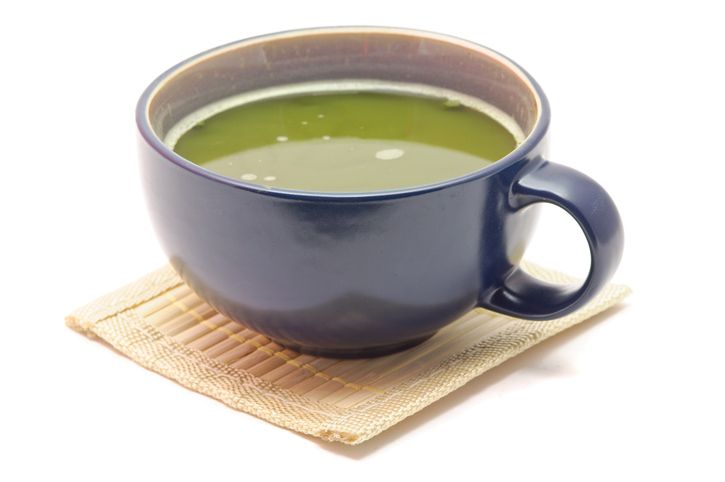
Foods that support fat metabolism
Incorporating certain foods into your diet can naturally boost your body's ability to burn fat. These foods not only provide essential nutrients but also aid in fat oxidation and energy expenditure.
• Green tea: Contains catechins and caffeine, which may increase fat burning and improve exercise performance.
• Chili peppers: Rich in capsaicin, which can enhance metabolism and promote fat loss.
• Fatty fish: High in omega-3 fatty acids that support fat metabolism and reduce inflammation.
• Whole grains: Provide dietary fiber, aiding in digestion and promoting satiety.
• Greek yogurt: Offers a high-protein content that helps preserve muscle mass during weight loss.
Incorporating these foods
Including these natural fat burners in your meals can support your weight loss goals. For example, starting your day with green tea, adding chili peppers to your lunch, and including fatty fish in your dinner can enhance fat metabolism throughout the day.

Fat Burner Supplements
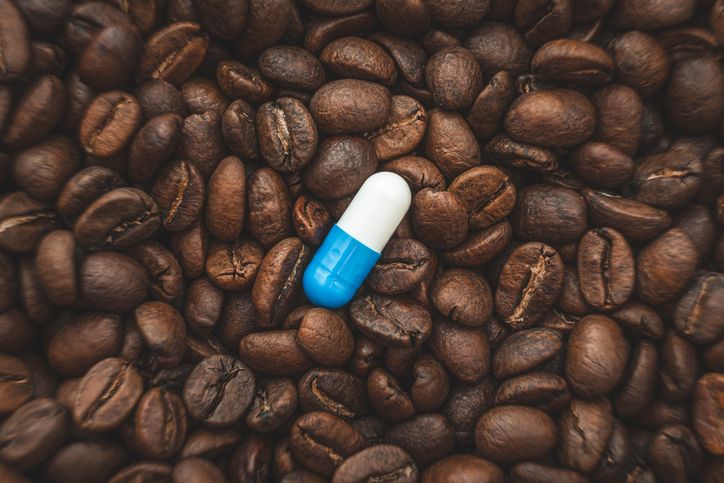
Fat burner supplements are products designed to increase fat metabolism, reduce fat absorption, or promote weight loss. Common ingredients include:
• Caffeine: Stimulates the central nervous system, increasing metabolism and energy expenditure.
• Green tea extract: Contains antioxidants that may aid in fat oxidation.
• Conjugated linoleic acid (CLA): A fatty acid that might help reduce body fat.
• L-carnitine: Assists in transporting fatty acids into cells for energy production.
Considerations before using supplements
While some supplements can aid in fat loss, it's essential to approach them with caution:
• Consult a healthcare professional: Before starting any supplement, especially if you have underlying health conditions.
• Check for third-party testing: Ensure the product's quality and safety.
• Avoid relying solely on supplements: They should complement a balanced diet and regular exercise, not replace them.

S6 Body Sculpting Treatment Enhances Natural Fat Burning
Support fat loss with targeted body contouring
Natural fat burners, a high protein diet, and regular training can all help reduce body fat—but some areas don’t respond as easily. That’s where New Beauty’s S6 Body Sculpting Treatment comes in. This non-invasive treatment targets stubborn fat in areas like the belly, arms, thighs, and waist, making it a smart option for people trying to lose body fat in specific zones.
How the treatment works
The S6 treatment uses low-energy bio-laser technology to break down fat cells beneath the skin. Once the laser energy reaches the subcutaneous fat layer, it stimulates fat cells to release stored fatty acids. These are then removed naturally through the body’s lymphatic system. At the same time, vacuum suction is applied to improve circulation and speed up lipid metabolism. This process also promotes collagen production, helping tighten the skin in the treated area.
Why it supports natural fat burning
By releasing fatty acids directly from fat cells, the S6 treatment works hand-in-hand with your body's natural fat-burning processes. Whether you’re following a calorie deficit, increasing your caffeine intake, or using fat burner supplements like green tea extract or conjugated linoleic acid, this treatment can help make your efforts more visible—especially in areas that resist diet and exercise.
Benefits of S6 Body Sculpting
• Non-surgical and non-invasive
• No injections or medication required
• Little to no recovery time
• Helps shape and firm areas prone to fat storage
• Suitable for people with a busy lifestyle or slow metabolic rate
• Enhances results from natural fat burners and fat-burning pills
The S6 Body Sculpting Treatment is ideal for healthy adults looking to promote fat loss, reduce belly fat, or support overall weight management goals. It’s especially helpful for those dealing with stubborn fat cells that don’t shrink easily, even with fewer calories and regular workouts.
Book your S6 Body Sculpting Treatment today and take the next step toward your fat loss goals.
New Beauty's S6 Body Sculpting TreatmentBook Now to Experience
S6 Body Sculpting Treatment
1 Minute Self-Registration
Date should not be before minimal date
FAQ
1. Can I take fat burner supplements and still lose weight without exercising?
Fat burner supplements may slightly increase your metabolic rate or reduce fat absorption, but they are not a substitute for physical activity. While you may lose some weight with a high protein diet and calorie deficit, combining fat burning pills with regular movement—such as walking or strength training—delivers more consistent results. Supplements work best when they support healthy habits, not replace them.
2. Does caffeine intake really help burn fat, and how much is effective?
Caffeine can increase fat oxidation and energy expenditure in healthy adults. It stimulates the nervous system and helps release fatty acids from fat cells, especially during exercise. Research suggests that moderate caffeine consumption—about 200–400 mg per day—may promote fat loss, but going beyond that can lead to side effects like jitteriness, high blood pressure, or disrupted sleep. Always consider your tolerance and total daily intake from sources like coffee, green tea, or fat burner supplements.
3. Are natural fat burners safe for people with high blood pressure or insulin resistance?
Some natural fat burners, like green tea extract or soluble fiber, are generally safe and may even support blood sugar control. However, others—especially those with caffeine or herbal supplement blends—can raise blood pressure or affect blood sugar levels. If you have insulin resistance, high blood pressure, or other health conditions, it’s important to check with a doctor before using any fat burning supplements.
4. What is the difference between losing weight and losing body fat?
Losing weight refers to overall reduction in body mass, which can include water, muscle, and fat. Losing body fat, on the other hand, means reducing the actual fat stored in fat cells. For healthy weight management, the goal should be fat loss while preserving muscle mass. This is why strength training, a high protein diet, and proper nutrient intake matter when trying to promote fat loss, not just drop the number on the scale.
5. Do certain foods really suppress appetite naturally?
Yes, some foods help suppress appetite by affecting satiety hormones or slowing digestion. High fiber foods like garbanzo beans and whole grains, high protein options like Greek yogurt, and healthy fats like olive oil can increase satiety and help control food intake. These foods may support a calorie deficit by helping you feel fuller for longer, reducing the need to eat more calories throughout the day.
Recommended Articles
COPYRIGHT© NEW BEAUTY MANAGEMENT LIMITED 2025. ALL RIGHT RESERVED.

